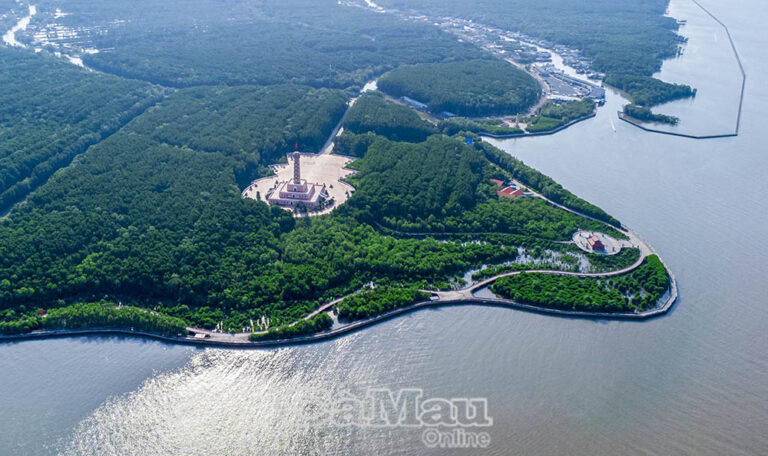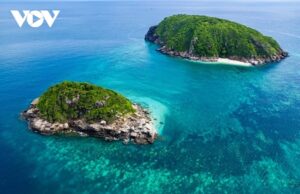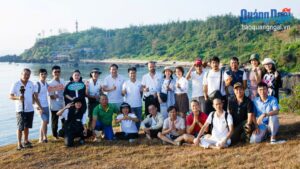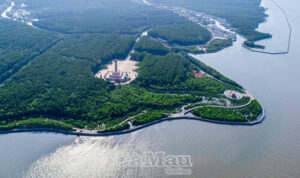The Vietnamese Prime Minister signed Decision 1287 on November 2, 2023 to approve a master plan for shaping the development of Da Nang for the 2021-2030 period, with a vision to 2050. The city’s approved master plan is considered to be a decisive step to promote the development of urban areas and spaces to support the population surge, as well as implement the city’s medium and long-term plans to achieve its goals. It can be said that the approved master plan will shape Da Nang in the next few decades. What will our future city will look like in 2050?
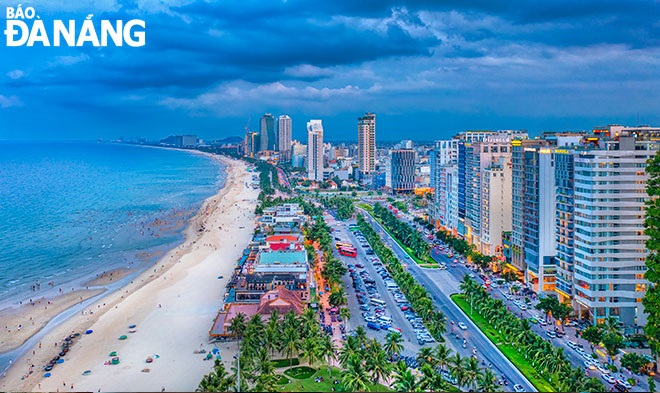
Beautiful corner of Da Nang. Photo: Huynh Van Truyen
The master plan represents goals and strategies to guide Da Nang over the next 27 years. The plan provides vision, direction and a defined achievable future for the city by establishing specific goals and strategies for land use, community appearance and design, jobs and economic vitality, transportation, public services and facilities, natural resource protection, open space and recreation, arts and culture; and regional coordination.
It sets out the process, the key priorities and principles that guide Da Nang to become a national hub for hi-tech and supporting industries.
By the year 2050, Da Nang will become a major economic hub in Viet Nam and Southeast Asia while the per-capita municipal income will be around US$8,500 (current US$). Besides, the city will become a national hub for startups, innovation, tourism, trade, finance, logistics, hi-technology, and information technology, as well as one of the country’s major hubs for culture and sports, education and training, high-quality healthcare, science and technology. All these things will make Da Nang more livable and sustainable.
Da Nang will also become a large, ecological, smart, distinctive, sustainable, internationally-recognized urban area while it will serve as a hub for connectivity and development with regional and international urban networks.
The city will be an international tourism hub, a center for hi-tech industry, information technology, startups, and innovation, an international financial centre, plus a world-class coastal city in Asia.
The master plan is considered to be a legal document for the city to develop appropriate solutions, as well as allow the city to most efficiently utilize its available resources, promote the engagement and participation of citizens and businesses in accomplishing set objectives and shaping the future of their city.
Da Nang enjoys a competitive advantage as it is located between northern and southern regions of Viet Nam. The distance between the city and the Northern/Southern regions is less than 1,000 km. A one-hour flight linking Da Nang with northern and southern regions. Therefore, it is very convenient for organizing family trips to Da Nang, as well as organizing MICE tours along with international events in the city.
Moreover, there are many UNESCO World Heritage sites across Da Nang which are considered to be the city’s best competitive advantage to help it boost tourism industry.
Da Nang is located at the eastern end of the East–West Economic Corridor so that the city finds it easy to connect with economic centres in the region. The city links with World Heritage Sites, namely Phong Nha - Ke Bang, the former imperial capital city of Hue, Hoi An Ancient Town, and My Son Sanctuary. These things are unique development advantages of the city to help it achieve its goals and shape its future.
By 2050, Da Nang’s population will grow to about 1.7 million, and the city’s population size should be less than two million inhabitants.
Da Nang is now home to 2,450 digital technology companies with an average of 2.3 tech companies per 1,000 population in the city, making it the second-largest tech hub in the nation, only behind Ho Chi Minh City. Da Nang now has around 46,000 digital technology employees. The city should give high priority to developing policies and a long-term strategic vision to develop human resources for the semiconductor industry.
What do we think our future city will look like in the next 27 years? Local citizens will join hands with the municipal government to transform Da Nang into a truly livable and sustainable city.
Reporting by Mai Duc Loc – Translating by H.L


